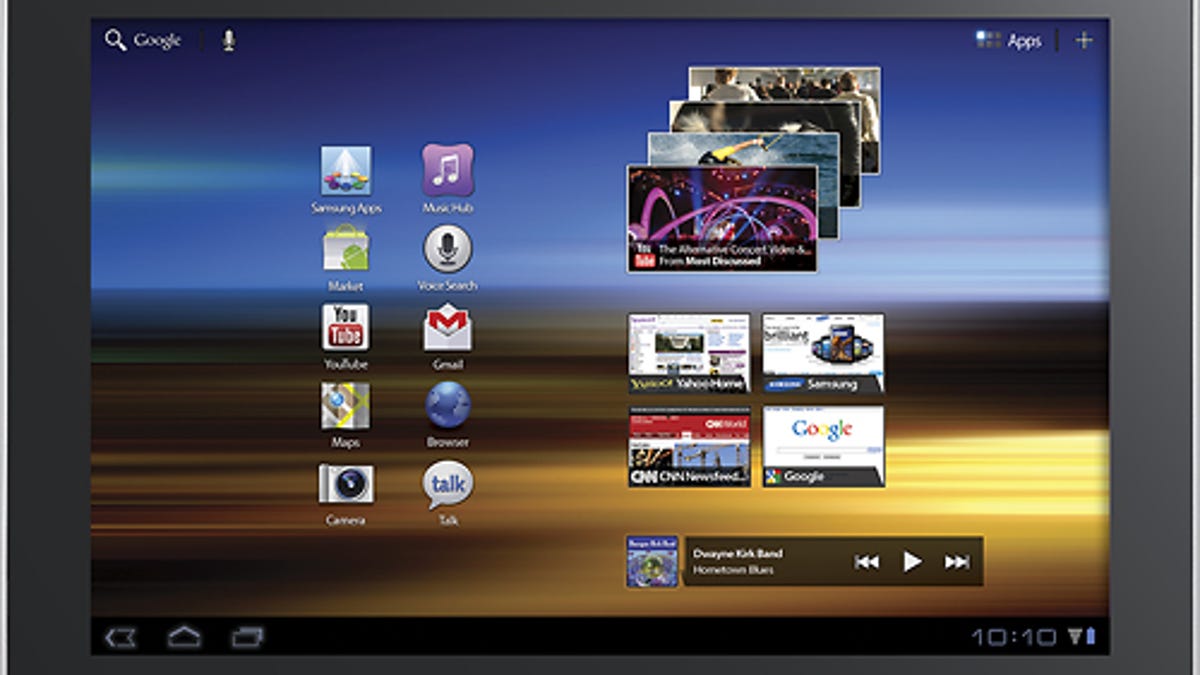Samsung's 2GHz chip to drive new tablet displays
Samsung's newest chip for tablets is built to drive the high-resolution displays coming on future tablets.

Samsung is readying a 2GHz chip with amped up graphics, offering more evidence of a wave of high-resolution tablets to come.
The Exynos 5250 dual-core chip is based on the latest and greatest Cortex-A15 ARM design. And just in case you're not sure what kind of device the chip is targeted at, Samsung leaves no doubt. The 5250 is "designed specifically for high-end tablets," according to Samsung's press release.
But let's get the nuts and bolts out of the way first. It uses 32-nanometer "high-k metal gate" process technology (translation: smaller chip geometries made on cutting-edge manufacturing tech) and nearly doubles the performance of a current Cortex-A9-based dual-core ARM processor running at 1.5GHz.
Then Samsung has more to say about powering high-resolution tablet displays. "In particular, the Exynos 5250 design was architected to drive up to an industry leading 2560x1600 (WQXGA) display...The 3D graphics processing capabilities...and a stereoscopic 3D feature raise the bar of user experience on high-specification 3D gaming," Samsung said.
And the 5250 boosts memory performance too. Specifically, a memory bandwidth of 12.8 Gigabytes per second (GB/s) compared with current dual-core processors that support a maximum of 6.4GB/s, Samsung said. But, again, this is aimed at faster display graphics. "To enable fast data processing features, superb 3D graphics and high-resolution display. This memory bandwidth is a key requirement for a processor to support WQXGA resolution displays."
Other niceties include an image signal processor enabling 8-megapixel resolution images at 30 frames per second, an HD 60-frame-per-second video hardware codec engine for high resolution 1080p video recording and playback, a HDMI 1.4 interface, and support for USB 3.0.
Samsung is shipping samples of the chip to customers. It is scheduled for mass-production in the second quarter of 2012.

